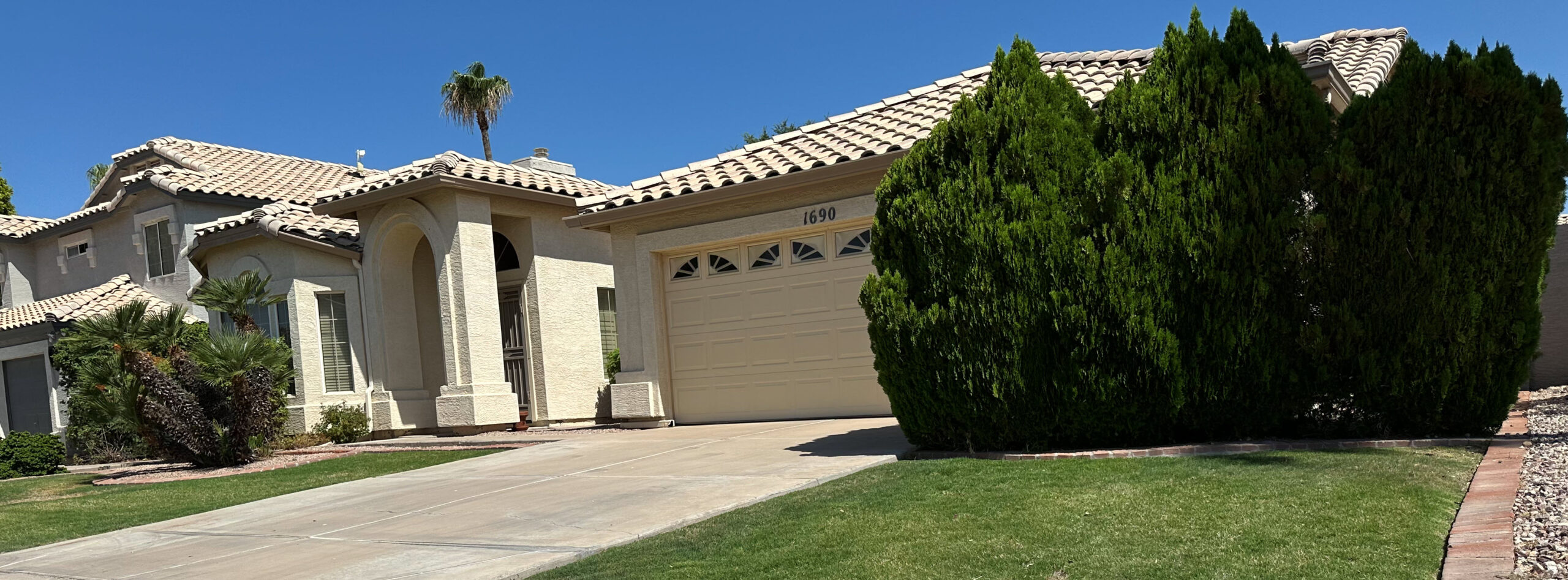
Optimal Grass Length for Phoenix Lawns
Phoenix homeowners can optimize lawnmower settings to cut grass to an attractive length that won’t die in the arid climate.
Maintaining a lush, green lawn in Phoenix’s arid climate presents unique challenges, particularly when it comes to the best length to cut grass. The right length can mean the difference between a thriving lawn and one that struggles to survive.
In this article, you will learn:
- The importance of optimal grass cutting length in Phoenix.
- The best grass types suited for Phoenix’s climate.
- Effective maintenance tips for keeping your lawn healthy.
By following these steps, you achieve a beautiful and resilient lawn even in the harsh desert conditions.
Topics Covered
ToggleWant Phoenix Pro Landscaping to take care of all the hard work and do the lawn mowing and yard maintenance for you?
How the Phoenix’s Climate Impacts Lawns
Phoenix lawns face extreme heat and minimal rainfall in an arid climate.
Phoenix is notorious for its extreme heat and minimal rainfall, conditions that significantly influence lawn care strategies. The city’s arid climate, characterized by hot summers and mild winters, demands a distinct approach to lawn maintenance. Lawn owners in Phoenix face challenges such as rapid water evaporation and soil that can become compacted and nutrient-poor, which are not as prevalent in more temperate regions.
These harsh conditions mean that the type of grass you plant and how you care for it must be carefully considered to avoid common pitfalls such as overwatering, underwatering, and choosing grass types ill-suited for arid climates. Furthermore, the intense sun and heat can stress grass, leading to a higher susceptibility to disease and pests unless well managed with proper lawn mowing techniques.
The right sod not only enhances the appearance of your lawn but also reduces the need for ongoing maintenance. By selecting a grass type that is well-suited to your local climate and soil conditions, you’ll ensure a healthier, more resilient lawn.
Best Grass Types for Phoenix Lawns
Phoenix homeowners select durable, drought-resistant grass types tailored to local arid conditions.
Choosing the right type of grass is paramount for any lawn, but it’s especially crucial in Phoenix where the climate can be unforgiving to unsuitable varieties. The best grass types for Phoenix are those that can tolerate high temperatures and have low water requirements. Here are a few of the top choices:
Bermuda Grass
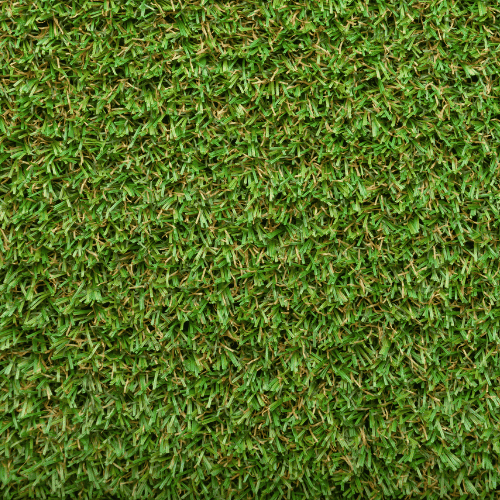
This is one of the most popular grasses in Phoenix due to its durability and ability to withstand heat. Bermuda grass thrives in full sun and has excellent wear resistance, making it ideal for high-traffic areas.
Buffalo Grass
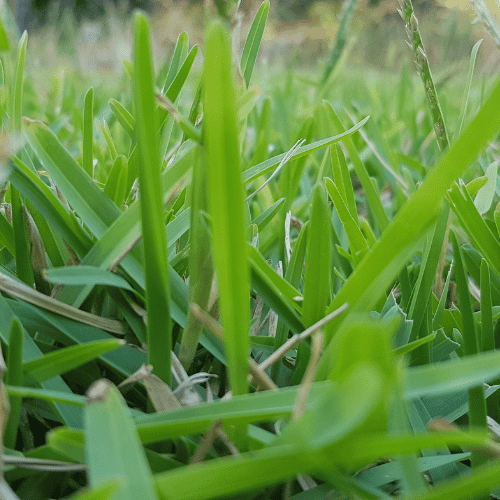
Known for its drought tolerance, buffalo grass is a good choice for those seeking a low-maintenance lawn. It requires less watering and fertilizing than many other grass types.
Zoysia Grass
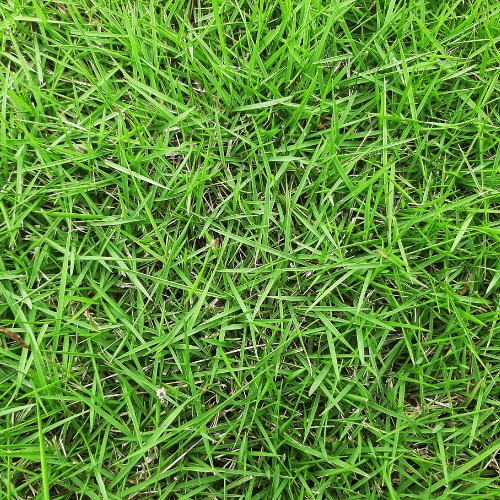
While slower to grow and establish, Zoysia is highly drought-resistant once mature. It forms a dense carpet that can choke out weeds and provides a lush, green appearance even in harsh conditions.
Properly preparing your yard can make a significant difference in the success of your sodding project. This preparation not only helps the sod take root more effectively, but also promotes a healthier, more durable lawn in the long run.
Maintenance Tips for Healthy Lawns in Phoenix
Strategic lawn care practices will enhance grasses resilience against arid conditions.
Effective maintenance is key to ensuring that your lawn remains healthy and vibrant in Phoenix’s challenging climate. Here are some essential tips to help you manage your lawn more effectively:
Watering
Deep, infrequent watering encourages deeper root growth, making the lawn more drought-resistant. It’s best to water early in the morning to minimize evaporation. Adjust the watering schedule based on seasonal and current weather conditions to optimize moisture levels without overwatering or underwatering.
Fertilizing
Apply a slow-release fertilizer that suits your grass type during the growing season. Proper fertilization helps nourish the lawn, enhancing its resistance to heat stress and reducing wear.
Aerating
Annual lawn aeration relieves soil compaction, allowing essential elements like water, air, and nutrients to reach the roots more effectively. This process is especially important in arid climates where soils are prone to drying and hardening.
Pest and Weed Control
Keep pests and weeds at bay through regular monitoring and timely interventions. Opt for environmentally friendly treatments to preserve both lawn health and the ecosystem.
Following these maintenance practices can greatly improve the resilience and appearance of your lawn in the desert environment of Phoenix.
Want Phoenix Pro Landscaping to take care of all the hard work and do the lawn mowing and yard maintenance for you?
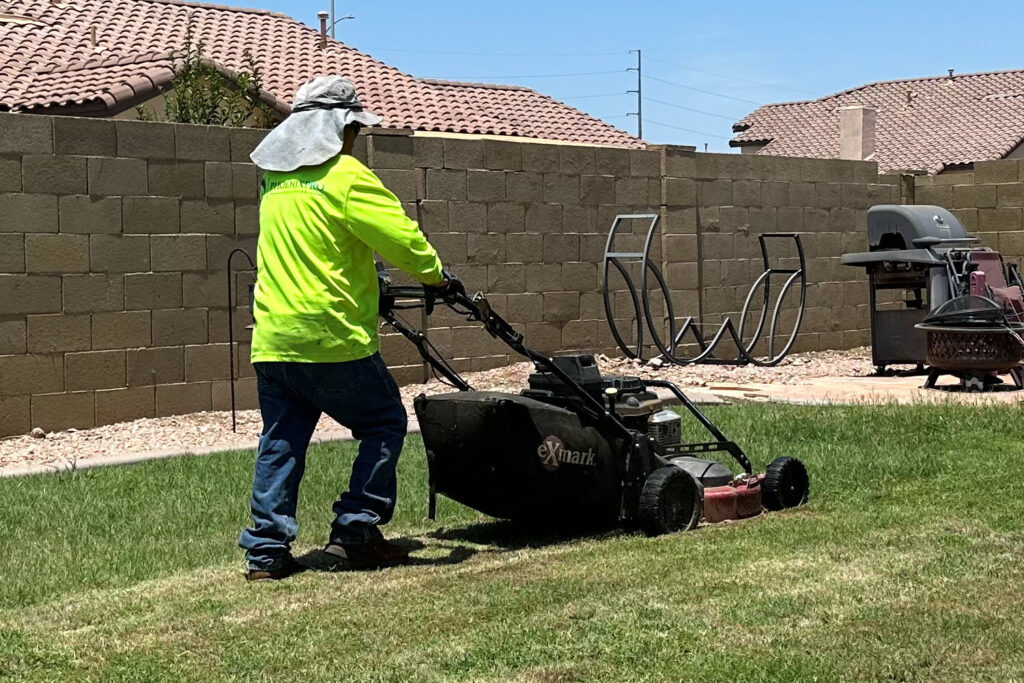
Conclusion: Key Strategies for Lawn Care in Phoenix’s Arid Climate
We’ve explored the aspects of lawn care tailored to the harsh, arid conditions of Phoenix. From selecting the most suitable grass types to understanding the ideal cutting length and implementing effective maintenance practices, each component plays a vital role in maintaining a healthy and resilient lawn.
Key takeaways include:
- The importance of adjusting lawnmower settings for optimal grass length.
- Choosing grass types that thrive under extreme heat and minimal water.
- Implementing a strategic maintenance routine to combat the arid conditions.
